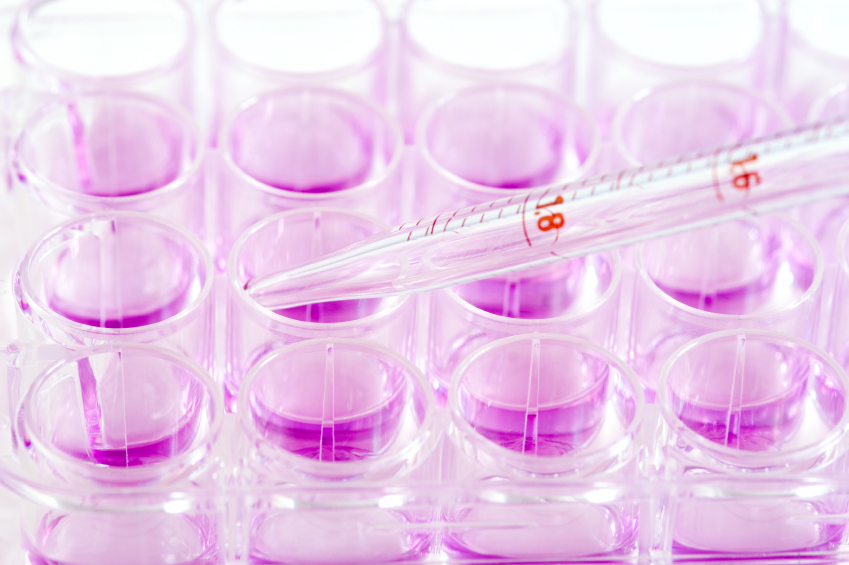Created at the initiative of Jérôme Lejeune Foundation and of the centre of research on cord blood of the University of Newcastle, the international consortium Novussanguis 1 was officially launched on last 14th May, at the School of Medicine, in the presence of 200 participants of different nationalities. Among the presentations, we underline the ones of Pr. Axel Kahn (president of the Paris-Descartes University) and of Mr. Claude Birraux (deputy and chairman of the Parliamentary office for the evaluation of scientific and technological choices).
A responsible research
Launched under the auspices of the president of the European parliament, Hans-Gert Pöttering, and the sponsorship of the French ministry for research, Novussanguis wants to develop and encourage a responsible research on adult stem cells and cells derived from cord blood. Gathering about fifteen laboratories, Novussanguis favoured three orientations: research, innovation and training of the next generation of researchers. Thus, does Novussanguis want to come up to patients’ expectations who could have a treatment thanks to adult stem or cord blood cells, while making sure not to give rise to vain hopes?
…pertinent and necessary
Particularly promising for cell therapy and regenerative medicine by their strong potential of differentiation and multiplication, today, adult stem and cord blood cells can treat more than 80 pathologies: diseases related to the blood system (leukaemia), to the bone marrow, to the immune system (bubble child), to the nervous system, to the heart, to the metabolism (juvenile diabetes)…
For Pr. Eliane Gluckman (Saint-Louis Hospital, a pioneer in cord blood transplantation in Europe), Novussanguis is an “indispensable” project: “it was time an initiative of this type was launched to federate the research on this field“.
The first projects financed for a total of 3 million euros will concern:
> Tissue engineering of nervous and pancreatic tissues, but also of bones, cartilages, tendons and vessels;
> Regeneration of corneal tissue;
> Regeneration of tissues after myocardial infarction;
> Preservation of haematopoietic stem cells;
> Epigenetic profile of cord blood stem cells.
1. See www.novussanguis.org

